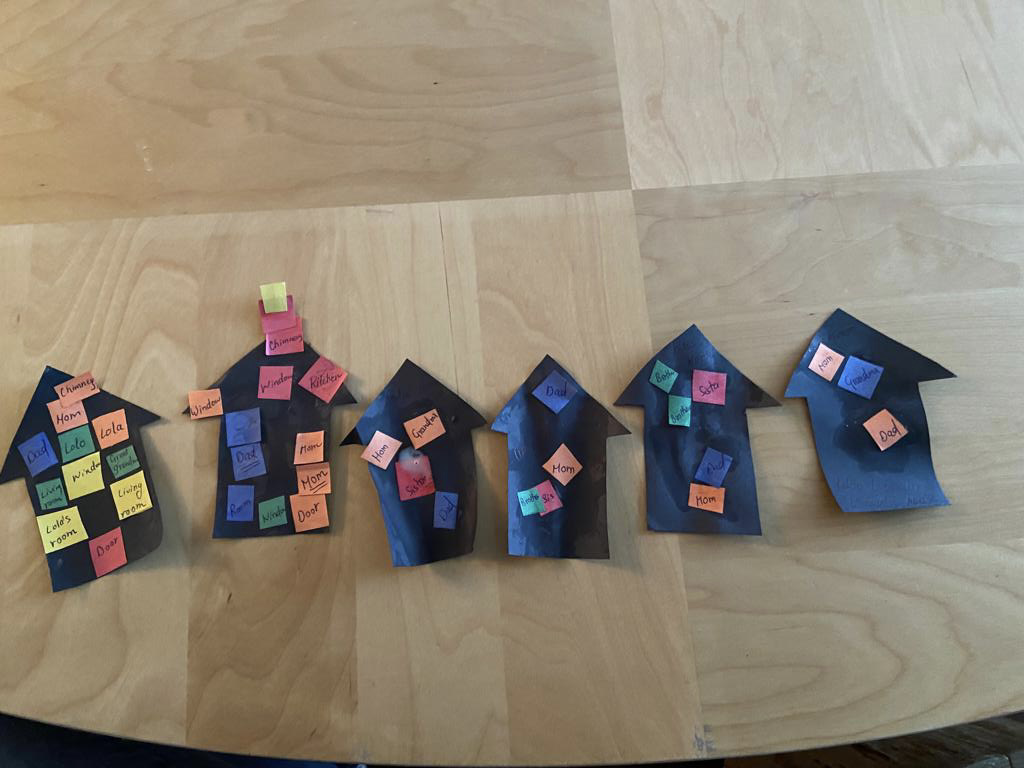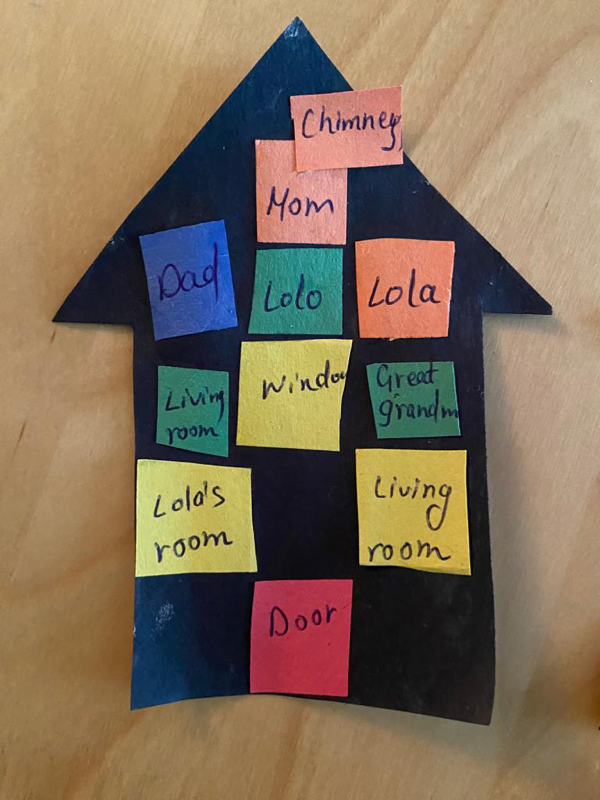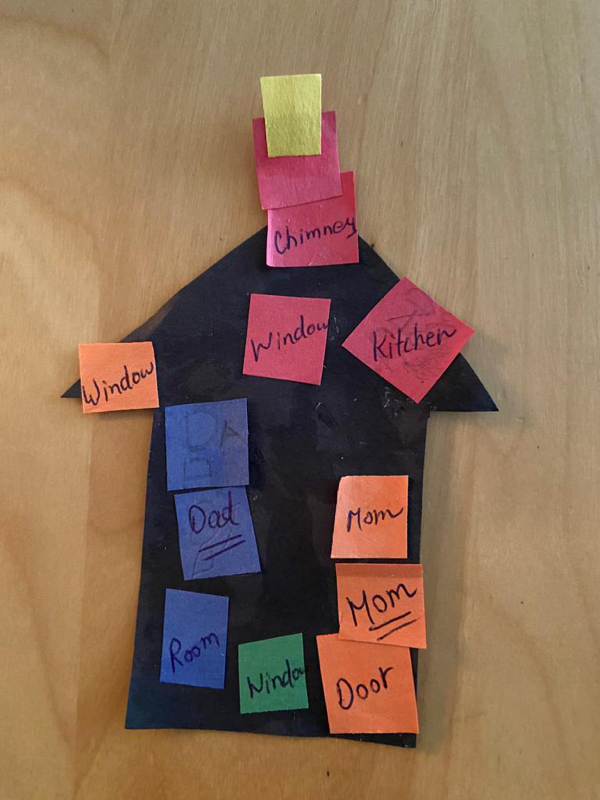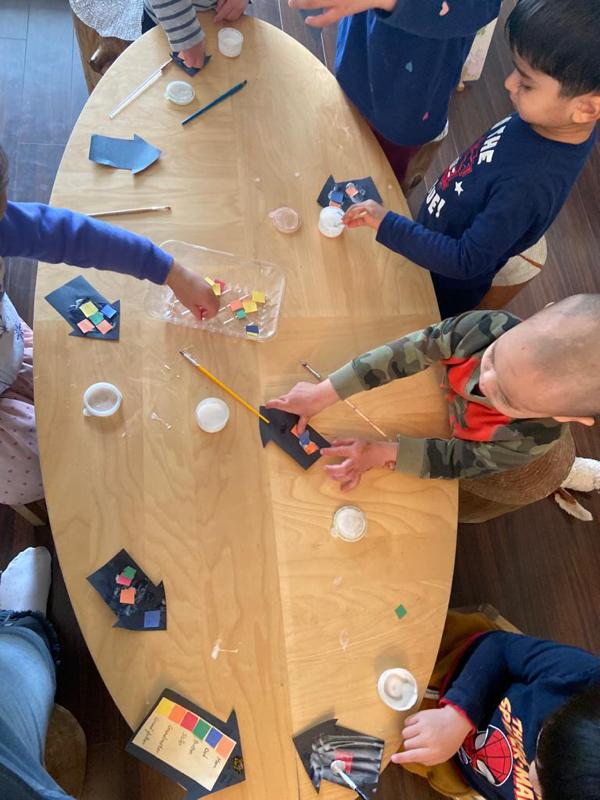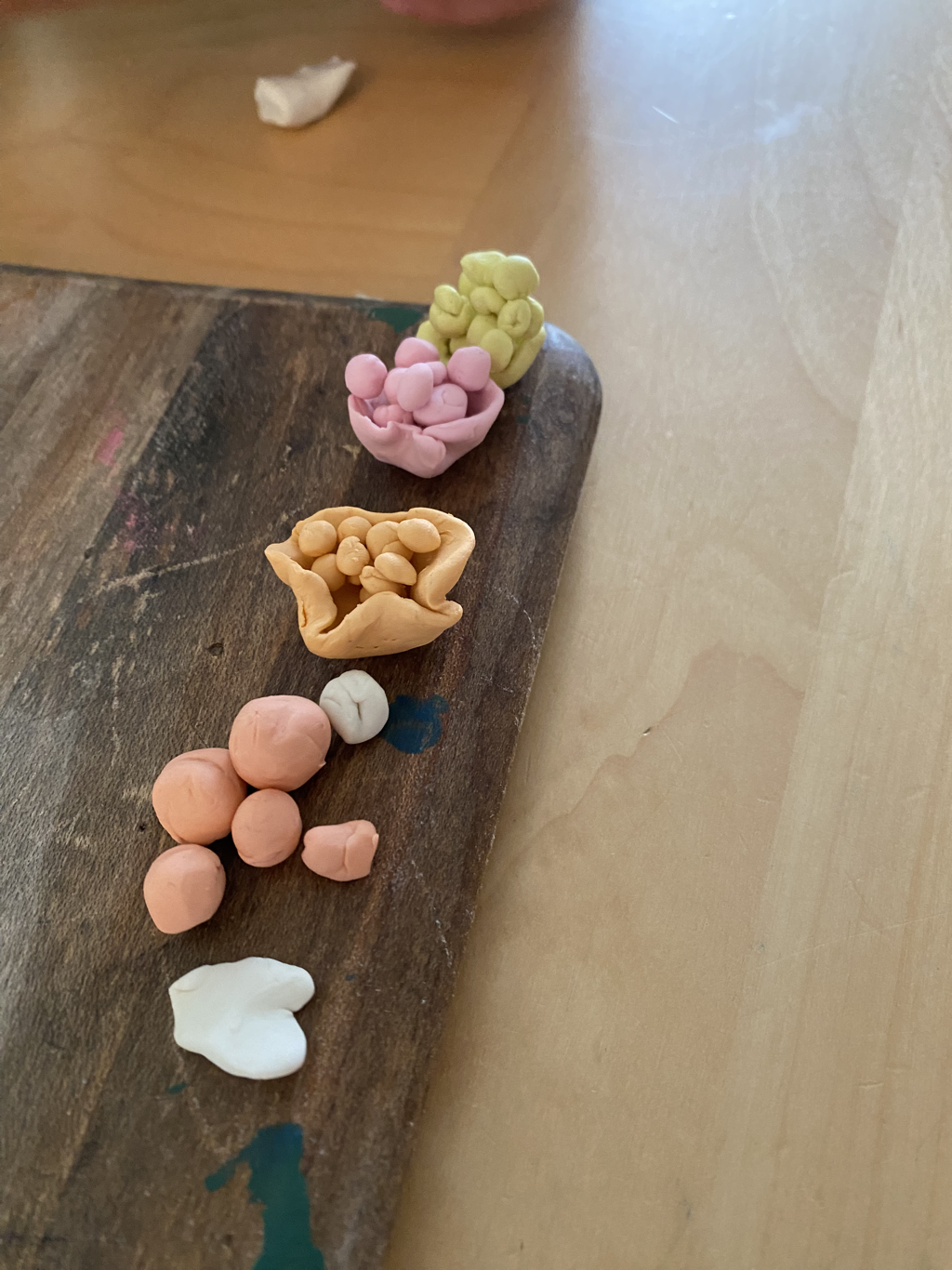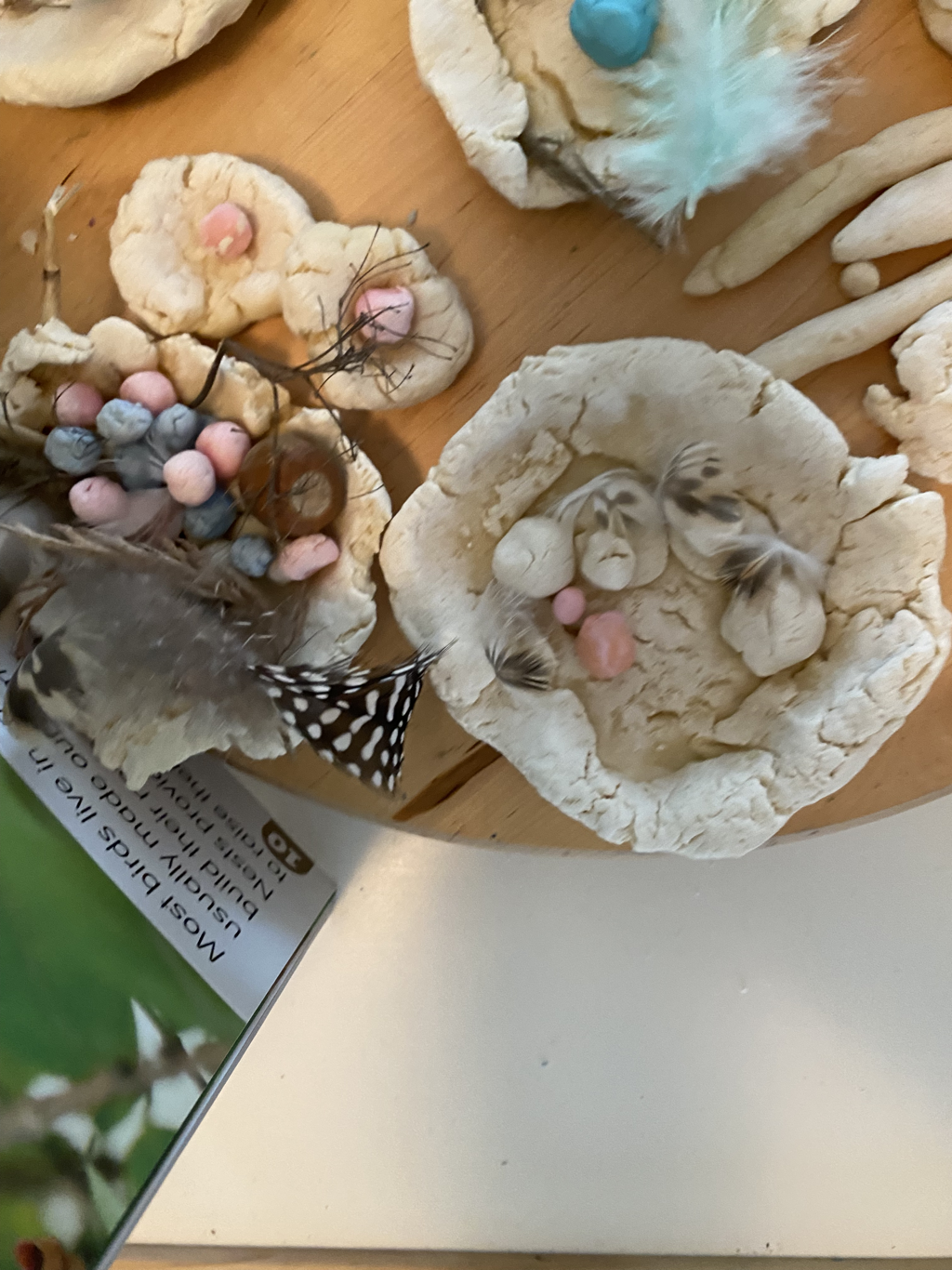|
Our reflection, after the field trip to the Salmon Hatchery, by referring to a poster as a visual reference enables us to understand the interconnectedness of salmon with other life forms. Each part of a salmon's life cycle is heavily interconnected with its surrounding environment. When salmons return to their native streams to spawn, their baby salmons are consumed by a variety of predators, including bears and scavenging birds. We include dramatization to draw on our knowledge and experience of the real world in order to create a make believe world. It is a form of communication. It is the only and the natural way through which we learn about predator-prey relationships as an ecological concept. As a result, it gives us the chance to express ourselves more effectively in everyday situations. From the hooting sound to making sound of chickadee-dee-dee call is part of our active listening to the non-fiction explanation of birds. Among the many characteristics that make birds fascinating to us, we are curious to develop more understanding. We intentionally ask ourselves below questions as our way to learn through the birds' points-of-views.
Hudson takes a chance to peer out our back window to observe various types of birds hang out in backyard. From critically observation skills to connecting with nature, birding can be an amazingly rewarding learning experience. To find birds, we have to listen. First we look for sudden movements, and then focus in on the bird to distinguishing marks, colors, etc. As the saying the early bird gets the worm, Felix shares his point-of-view when we reach the image of the early bird with a worm on its beak. He views the relationship between two from his eyes of compassion. As much as we attempt to understand the relationships between homes and the respective living forms, we arrange and re-arrange areas as well as the people who live inside. Luna and Elie exhibit a specific way in the arrangement. In addition to including family members, Luna and Elie also add the hole map of their homes. Yoyo and Fides points out to one another that they are brothers. Vivaan chooses to work with another systematic way through the language of sticks. He arranges the shapes in a repeated pattern of squarish shapes to indicate the various locations. Kneading our very own dough to create a malleable one indeed requires some patience. However, with determination we figure out how to even go further with squishing, rolling, sculpting, and even molding. We use our imagination and strengthen the small muscles in our fingers to explore ideas and try different approaches until we find one that works. Elie pays attention to details in defining her creations through the choices of colors, shapes, and sizes. After working on the shapes of our birds' nests with a free flowing hands-on experience, we add some rolled egg-shaped to be part of the eggs for the nests. Of course some natural materials to be part of our choices to include in our our bird nests. The introduction to making bird nests hopefully will deepen our sense of appreciation for what birds have to go through!  Attempting the various movements of birds through music and movement empowers us to move in a coordinated while swishing, floating, waving, and tossing scarves. Exploring bird sounds through music and movement empowers us to delve into this question "What does a bird say?" A lot more than tweet or chirp. The dynamic and fluid flow communicates grace and empathy. Outdoors is another space to animate various movements to work on challenging situations in a fun and healthy way. Sometimes we choose to run together to overcome obstacles with lots of giggles and oops! On the last day of the week, we revisit the storybook about an early bird who chooses to build friendship with a worm. This story is crafted to see the possibilities on our everyday moments. The story of the worm and the bird is truly interesting to be pondered upon. Yoyo mentions, "The early bird wants to be kind to the worm". What is going to happen during this encounter? Let us hear our friends' diverse points-of-views. There are differing opinions at this point in time; however, the most important part is to be okay to be different! Felix adds, "The bird talks about the worm". Felix perceives the situation as a way of building communication between the characters. Kindest,
Children & Friends.
0 Comments
Leave a Reply. |
No part of this publication may be reproduced, distributed, or transmitted in any form or by any means, including photocopying, recording or any other electronic or mechanical methods, without the prior written permission of the publisher.
Archives
July 2024
|
